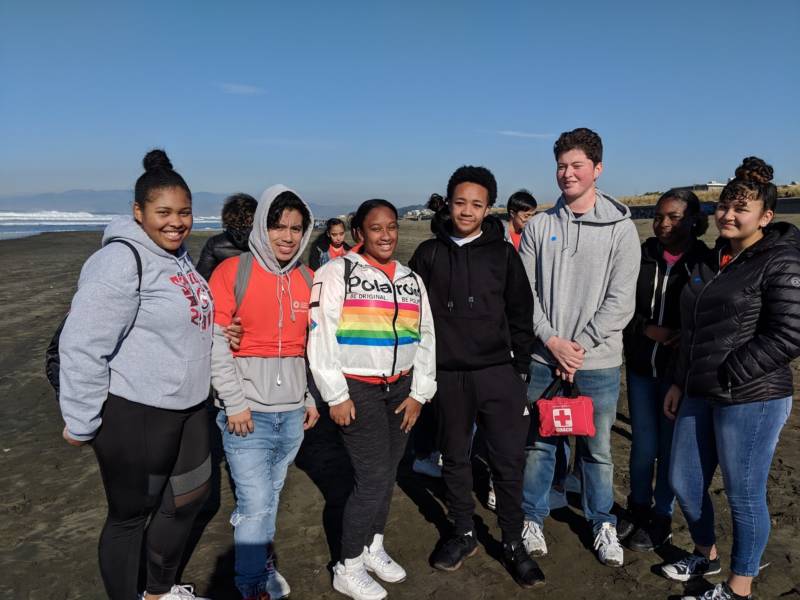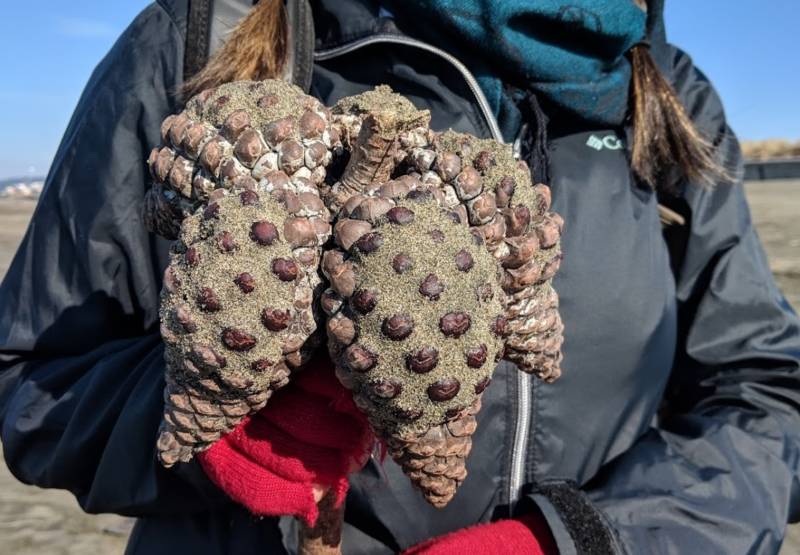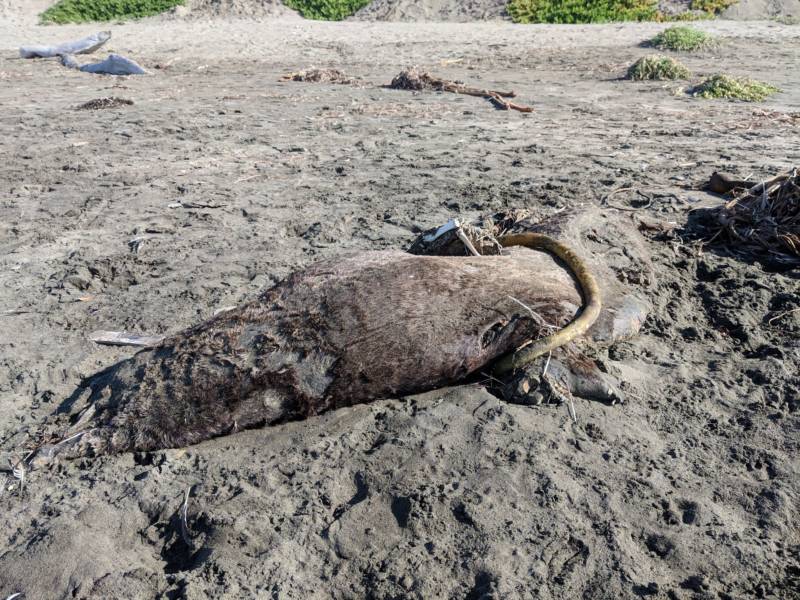Sand dollars, bull kelp, jellyfish and even dead sea lions were among the plants and animals identified on Saturday as a group of citizen scientists attempted to build a "dynamic species atlas" at Ocean Beach.
Nearly 100 people participated in the "bioblitz" organized by the California Academy of Sciences, one of several the organization organizes each year and the first major one at Ocean Beach. Organizers hope to use the events to create a snapshot in time of what species are found in the area.
The bioblitzers walked along the coast and took photos of the species they encountered. They then uploaded them to an app called iNaturalist, which helps identify plant and animal species. Once identified, the data is shared with other databases for scientists and researchers to use.

“This is a way we can build a dynamic species atlas,” said Rebecca Johnson, who helps manage the Citizen Science program at Cal Academy. “We know that by having a lot of eyes we can find things even in places that are fairly well studied.”
Botanist Lizette Guzman-Zaragoza found a branch of conifer pine cones during the bioblitz. “Sometimes when we come to the beach we don’t pay attention to these things, and this is a great opportunity to go with a group of people that have some knowledge that can share that with you.”

